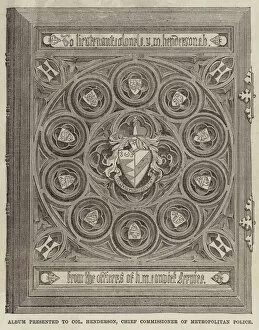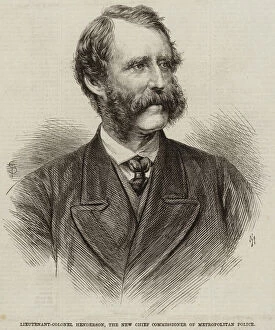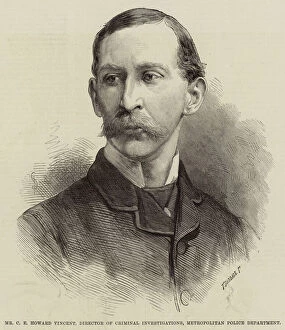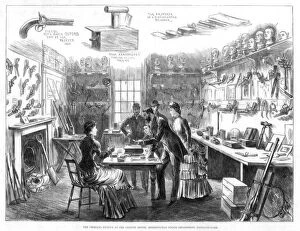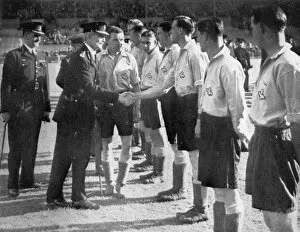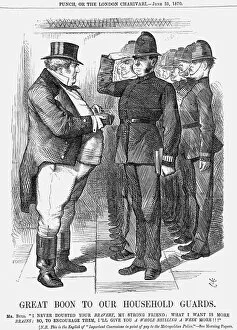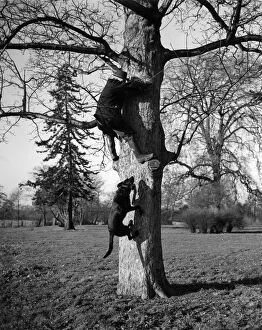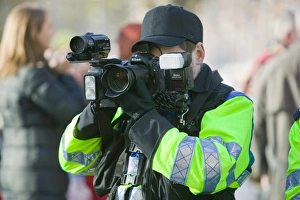Metropolitan Police Collection (page 2)
The Metropolitan Police: Safeguarding London's Streets Through Time Step back in time to the late 19th century
All Professionally Made to Order for Quick Shipping
The Metropolitan Police: Safeguarding London's Streets Through Time Step back in time to the late 19th century, where a bustling cityscape reveals the evolution of law enforcement. A vividly colored engraving showcases the grandeur of Bow Street, London's new courthouse and police station in c1880. This architectural marvel stands as a testament to progress and order. Meet Mr. James Monro, captured in a vibrant lithograph. As an influential figure within the Metropolitan Police, his leadership helped shape its future endeavors. His commitment to public safety is evident as we witness a police car speeding through London's streets – a symbol of their unwavering dedication. In another scene, amidst heated protests against airport development at Heathrow and the impending destruction of Sipson village for expansion purposes, we find a police photographer capturing history unfold before our eyes. Their lens captures both turmoil and resilience as they document this pivotal moment in time. Delve into Scotland Yard's archives with an index of fingerprints from 1912 – an innovative technique that revolutionized crime-solving forever. Adolphus Dolly Williamson emerges from these records; his name etched alongside countless others who dedicated themselves to upholding justice. Henry Moore takes center stage next – not the renowned sculptor but rather an English policeman who led investigations into Whitechapel Murders during the 1890s. In black and white photography, his stern countenance reflects determination while navigating treacherous paths on behalf of society. Drift further back into history with posters appealing for information leading to Dr. Crippen's arrest in 1910 – infamous for committing heinous crimes that shocked Victorian England. These reward posters serve as reminders that even notorious criminals can be brought down by collaborative efforts between citizens and law enforcement agencies. A chilling notice issued by the Metropolitan Police regarding Jack the Ripper sends shivers down our spines; it transports us directly into September 1888.


